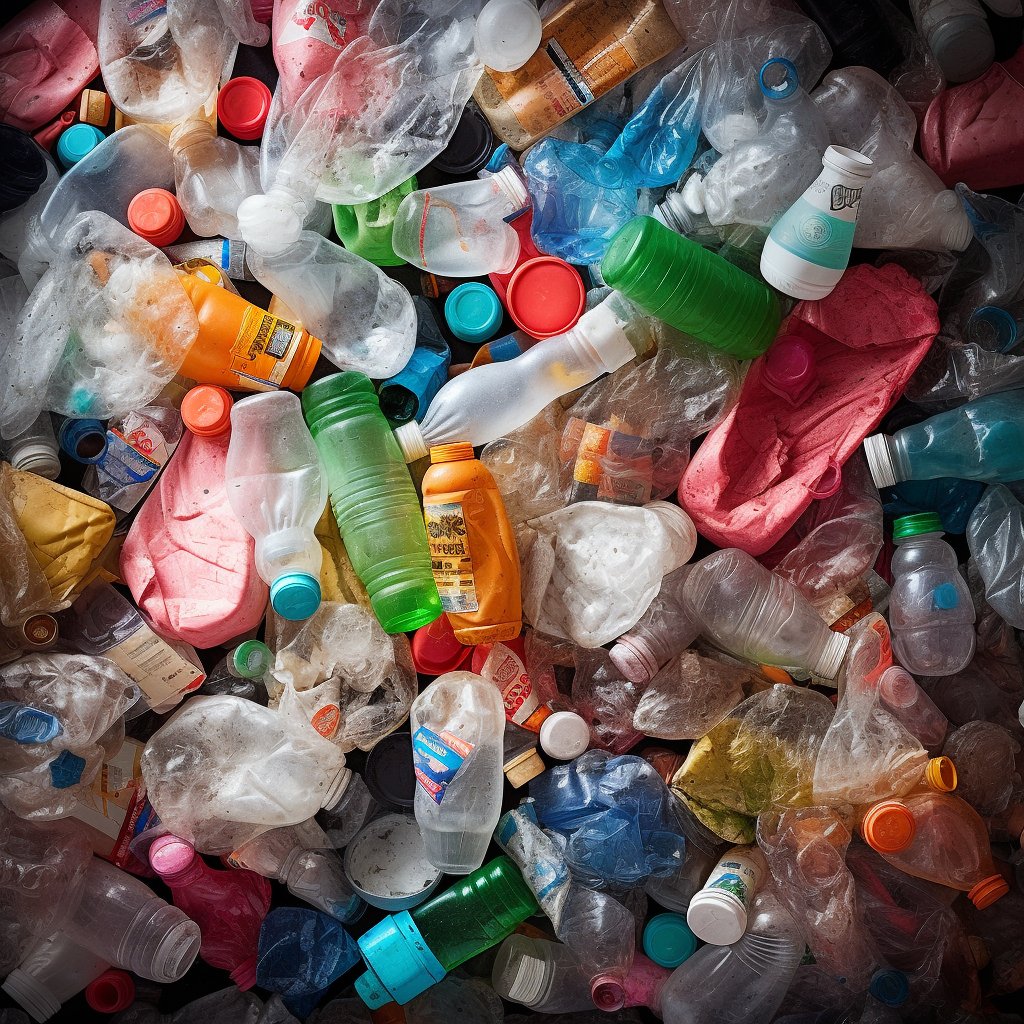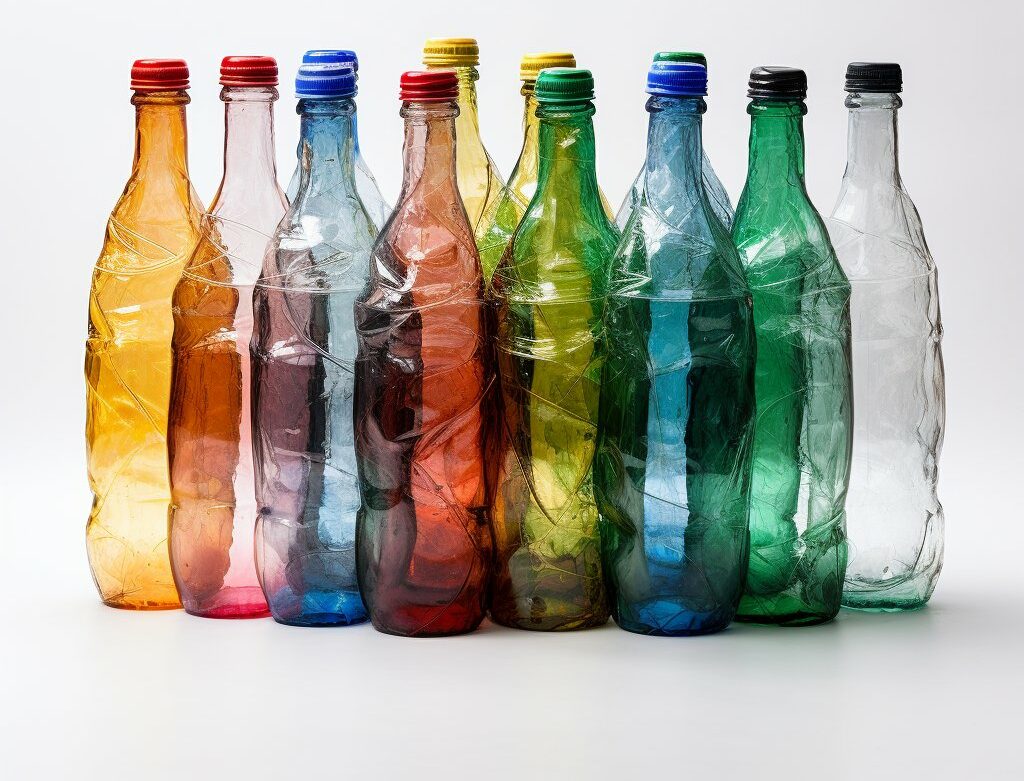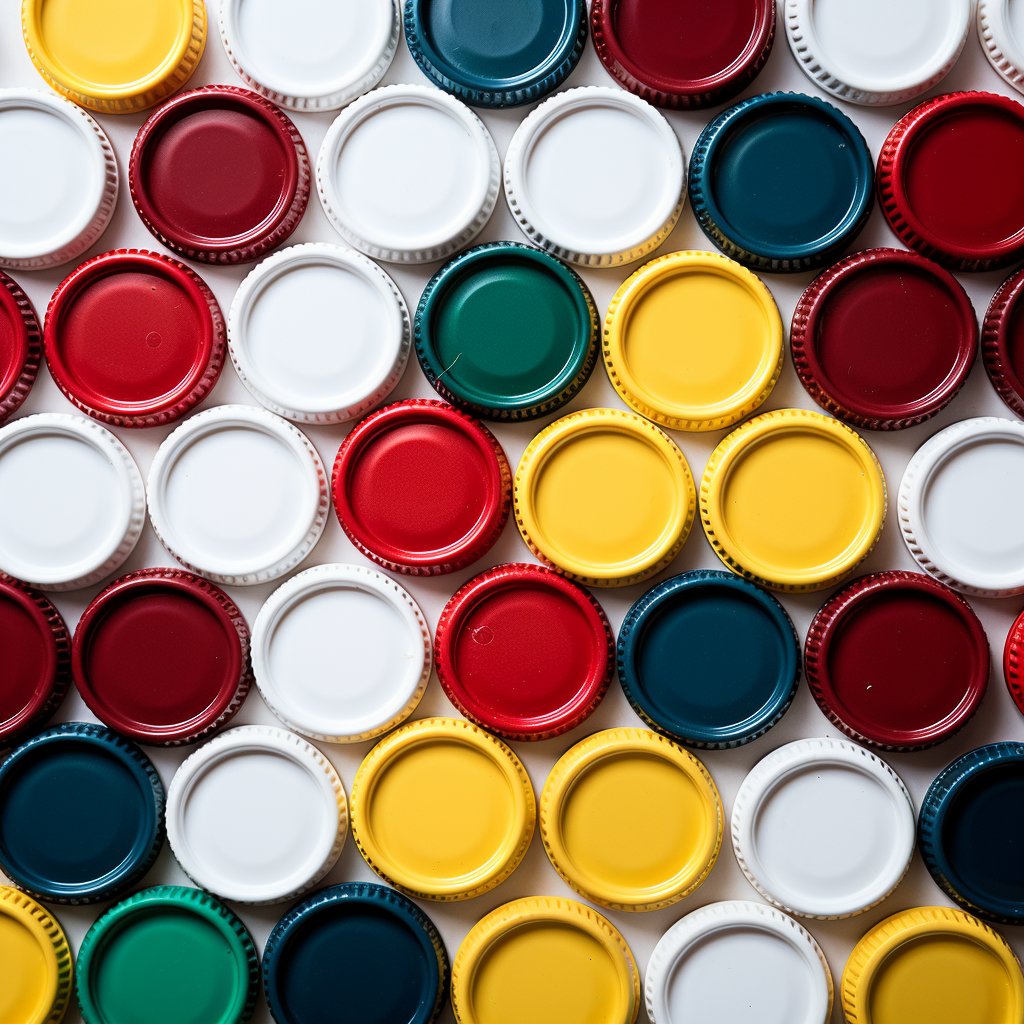Plastics have become an indispensable material in our daily lives, from the packaging of food and beverages to the construction of cars and airplanes. However, plastics are not entirely safe for human health and the environment, as they can contain toxic chemicals that pose significant risks to both.
Plastics have become ubiquitous in our modern world, used in everything from packaging to construction to electronics. However, the widespread use of plastics has come with a significant cost, with toxic chemicals in plastics posing significant challenges for both human health and the environment.

Toxic Chemicals in Plastics:
-
Bisphenol A (BPA):
BPA is a synthetic compound used to produce polycarbonate plastics and epoxy resins. Polycarbonate plastics are commonly used in food containers, water bottles, and baby bottles, while epoxy resins are used in lining metal cans and coating food packaging. BPA is a known endocrine disruptor that can mimic estrogen and disrupt hormonal functions in humans, particularly in children.
-
Phthalates:
Phthalates are a group of chemicals used to make plastics more flexible and durable. They’re are commonly used in vinyl flooring, shower curtains, medical equipment, and children’s toys. Some phthalates have been banned in children’s toys, but others are still widely used.
-
Polyvinyl Chloride (PVC):
PVC is a widely used plastic in the construction industry, particularly in piping, window frames, and flooring. PVC contains toxic additives, such as lead and cadmium, which can leach into the environment and cause harm to human health. PVC is also difficult to recycle and can release toxic fumes when burned.
-
Polystyrene (PS):
Polystyrene is a plastic commonly used in disposable food containers, packing materials, and insulation. PS can release toxic chemicals when heated, and its manufacturing process can produce toxic chemicals such as styrene, which is a carcinogen.
Industrial Usage and Application Areas:
Plastic is one of the largest industries in the world, and plastics are used in various applications, from packaging and consumer goods to construction and transportation. The industrial usage of toxic chemicals in plastics varies depending on the specific chemical and the application area. For instance, BPA is widely used in food packaging, while PVC is predominantly used in construction.
Consumer Product Examples:
Many consumer products contain toxic chemicals in plastics, including food containers, water bottles, children’s toys, and medical equipment. Some common examples include polycarbonate water bottles containing BPA, vinyl shower curtains containing phthalates, and polystyrene food containers.
Material Properties:
The addition of toxic chemicals in plastics can significantly impact their material properties. For instance, phthalates can improve the flexibility and durability of plastics, while PVC can increase their strength and resistance to heat and chemicals. However, using toxic chemicals can also compromise the safety and sustainability of plastics.
Future Trends in Recycling:
As the negative impacts of plastic waste become more evident, the need for sustainable plastic production and recycling is becoming increasingly urgent. Future trends in recycling include the development of new recycling technologies, such as chemical recycling and biodegradable plastics. These trends aim to reduce plastic waste and minimize the use of toxic chemicals in plastics.
The plastics industry’s future is shifting towards sustainable production and recycling practices. This shift is driven by increased awareness of the negative impacts of plastic waste and regulatory pressure to reduce plastic waste and toxic chemicals. Demand for non-toxic and biodegradable plastics is expected to increase, decreasing the market share of plastics containing toxic chemicals. New recycling technologies, such as chemical recycling, will allow the recycling of plastics containing toxic chemicals.
Global impact:
Toxic chemicals in plastics have a significant impact on the environment and economy worldwide. Plastics containing toxic chemicals are used in various industries, including healthcare, construction, automotive, and electronics, and are prevalent in consumer products such as toys, food packaging, and personal care items. The use and disposal of plastics containing toxic chemicals have both immediate and long-term effects on the environment and economy.
Environmental Impact:
Plastics containing toxic chemicals can leach out of the plastic and contaminate the soil, water, and air. These chemicals can harm wildlife and ecosystems. For example, Bisphenol-A (BPA) is commonly found in plastic products and has been linked to reproductive issues, developmental disorders, and other health problems.
Additionally, the disposal of plastics containing toxic chemicals significantly contributes to the world’s plastic waste problem. These plastics can take hundreds of years to degrade and are often not recycled due to the presence of toxic chemicals. Plastic waste can clog waterways and cause harm to marine life, leading to environmental damage and financial costs.
Economic Impact:
The economic impact of toxic chemicals in plastics can also be significant. For example, industries that use plastic products containing toxic chemicals may face increased regulation, higher production costs, and decreased consumer demand. In addition, the economic cost of dealing with plastic waste is considerable. It has been estimated that the world’s oceans could contain more plastic than fish by 2050, leading to significant financial costs for industries such as fishing and tourism.
However, there are also economic opportunities in transitioning to non-toxic and biodegradable plastics. The global market for biodegradable plastics is expected to grow significantly in the coming years, driven by increasing consumer demand for sustainable products and regulatory pressure to reduce plastic waste.
In conclusion, the impact of toxic chemicals in plastics is far-reaching, affecting both the environment and the economy. The continued use and disposal of plastics containing toxic chemicals have immediate and long-term consequences, including harm to wildlife and ecosystems, environmental damage, and financial costs. However, there are also opportunities for businesses and industries to transition to non-toxic and biodegradable plastics, leading to economic and environmental benefits.
Toxic Chemicals:
Toxic chemicals in plastics pose significant risks to human health and the environment, and their use should be minimised as much as possible. The plastic industry must adopt sustainable production and recycling practices to reduce plastic waste and eliminate toxic chemicals from plastics. As consumers, we can also reduce plastic waste by choosing eco-friendly products and recycling plastic waste responsibly.
Toxic plastic chemicals have become a significant challenge for our society, posing threats to human health and the environment. We have explored the different types of toxic chemicals used in plastics, their applications and properties, and the challenges they pose for recycling. Additionally, we have examined the environmental and economic impact of toxic chemicals in plastics around the world and discussed future trends in recycling and sustainable plastics.
We hope this article has provided valuable insights into the complex and interconnected world of toxic plastic chemicals. By working together and prioritising sustainability, we can create a safer and more sustainable future for plastics.






